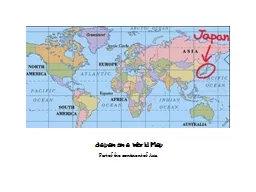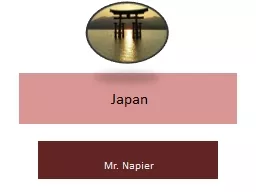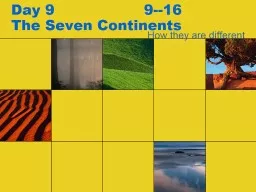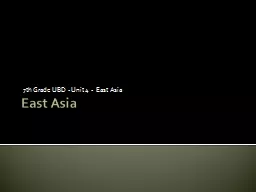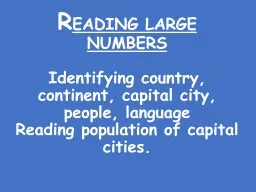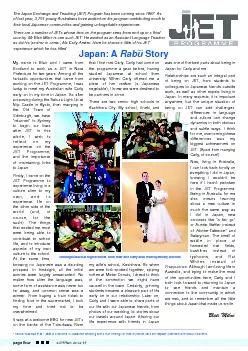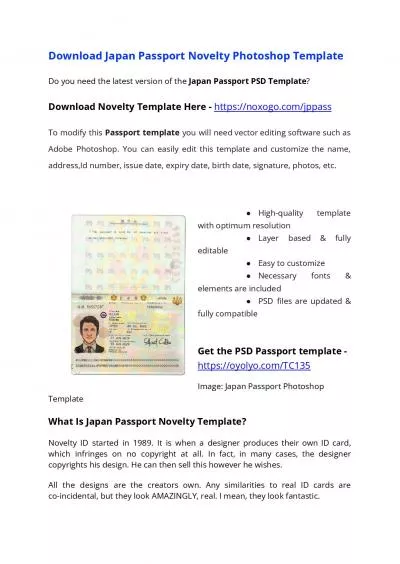PPT-Japan on a World Map Part of the continent of Asia
Author : leusemij | Published Date : 2020-10-22
Japanese Food Popular Japanese food in the United States Sushi Rice bowls donburi Tempura fried vegetables Udon noodle soup Symbols of Japanese Culture Cherry
Presentation Embed Code
Download Presentation
Download Presentation The PPT/PDF document "Japan on a World Map Part of the contine..." is the property of its rightful owner. Permission is granted to download and print the materials on this website for personal, non-commercial use only, and to display it on your personal computer provided you do not modify the materials and that you retain all copyright notices contained in the materials. By downloading content from our website, you accept the terms of this agreement.
Japan on a World Map Part of the continent of Asia: Transcript
Download Rules Of Document
"Japan on a World Map Part of the continent of Asia"The content belongs to its owner. You may download and print it for personal use, without modification, and keep all copyright notices. By downloading, you agree to these terms.
Related Documents

